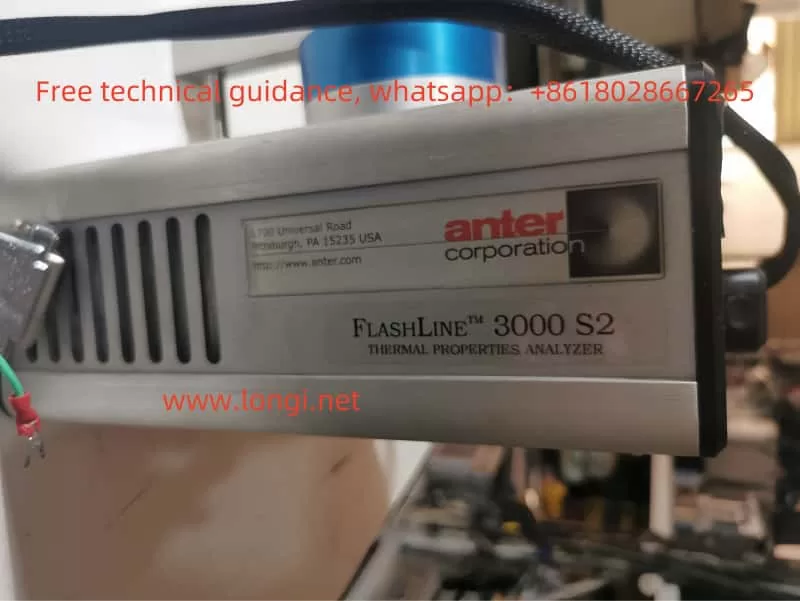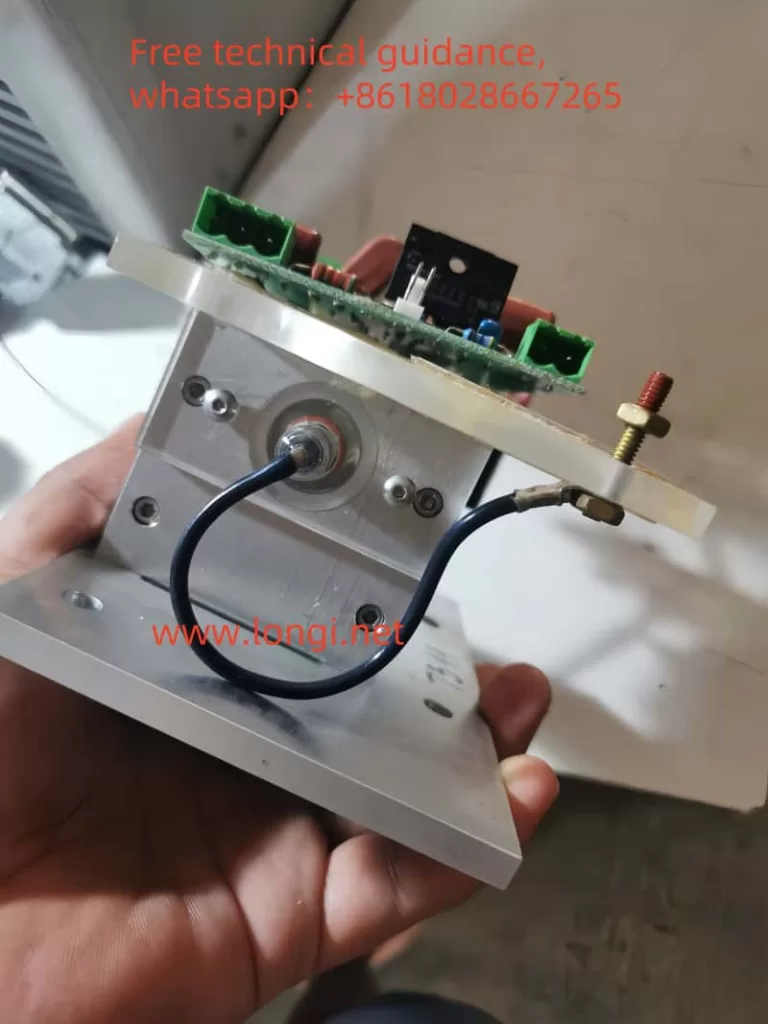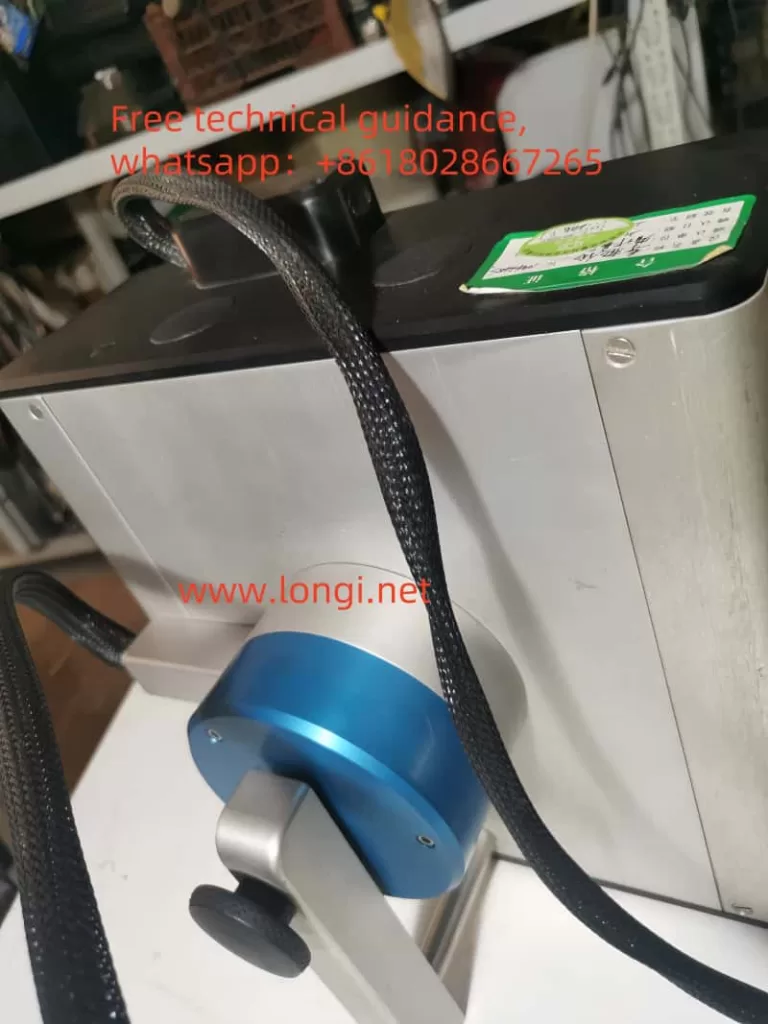Potentiometric Analyzers (e.g., Zeta Potential Analyzers) in Laboratory and Industrial Applications: Common Faults and Maintenance
I. Common Faults and Repair Methods
- No Power, Power Indicator Not Lit
- Fault Causes:
- Main power circuit breaker tripped.
- Power fuse blown.
- Indicator light damaged.
- Repair Methods:
- Check for short circuits in the device and reset the circuit breaker.
- Replace the fuse or indicator light.
- Fault Causes:
- Abnormal Output Voltage and Current, C1 Potential Indicator Drops
- Fault Causes:
- Insulating flange short-circuited.
- Short-circuited with other underground metal structures.
- Reference electrode damaged.
- Repair Methods:
- Repair the short-circuited insulating flange and disconnect from underground metal structures.
- Check the reference electrode measurement wire or replace the reference electrode.
- Fault Causes:
- Increased Noise
- Fault Causes:
- Uneven placement of the case.
- Poor contact of the main relay.
- Loose bolts on the main transformer or filter reactor.
- Repair Methods:
- Level the case.
- Replace the main relay.
- Tighten loose bolts.
- Fault Causes:
- Fault Light On
- Fault Causes:
- Test conversion jump.
- Open circuit in anode or cathode bus cable.
- Open circuit or failure in reference electrode cable.
- Repair Methods:
- Press the reset button.
- Check the anode or cathode bus cable.
- Check the reference electrode cable or replace the reference electrode.
- Fault Causes:
- Open Circuit in Cathode Line
- Diagnosis:
- Use a ZC-8 ground resistance tester to measure the grounding resistance of the anode cable. After confirming the normality of the anode cable, use a multimeter to test the continuity between the output cathode and the zero-position grounding cable to determine if there is an open circuit.
- Repair Method:
- Replace the open-circuited output cathode cable.
- Diagnosis:
- Open Circuit in Reference Line or Zero-Position Grounding Line
- Diagnosis:
- Disconnect and measure the potential using a long-lasting reference electrode placed directly above it, or test the resistance value between these two lines to determine their integrity.
- Repair Method:
- Replace the open-circuited cable or reference electrode.
- Diagnosis:
- Damaged Reference Electrode or Empty Cupric Sulfate Solution
- Diagnosis:
- Use a calibrated standard reference electrode placed as close as possible to the long-lasting reference electrode and use a multimeter to test the potential difference to determine if it falls within the acceptable range.
- Repair Method:
- Replace the long-lasting reference electrode or replenish the cupric sulfate solution.
- Diagnosis:
II. Daily Maintenance Considerations
- Regular Calibration: If performing acid-base titration to determine the isoelectric point or pH value, calibrate the pH probe before each experiment. If testing solution conductivity, calibrate the conductivity probe. The main probe can be calibrated weekly.
- Cleaning: Clean the main probe, pH probe, and container after each sample change, and dry them to avoid residue affecting experimental results. Thoroughly clean and properly store them after experiments.
III. Potentiometric Analyzers Repaired by Longi Ectromechanical Company and Their Specifications
- Metrohm (Switzerland)
- 905 Titrando: High-precision potentiometric titrator suitable for various complex samples with automation and modular design for laboratory and industrial applications.
- 888 Titrando: Multi-functional potentiometric titrator supporting multiple titration methods with high precision and reliability for a wide range of applications.
- Mettler-Toledo
- T50: Multi-functional titration system with high precision and user-friendly interface for routine laboratory analysis and research applications.
- T90: High-end potentiometric titrator offering flexible automation options and advanced data management features for complex and high-demand analysis tasks.
- Thermo Fisher Scientific
- Orion Star T940: High-performance potentiometric titrator with intuitive user interface and multiple titration modes for various electrochemical analyses.
- Orion Versa Star Pro: Potentiometric titrator providing high-precision potential measurements and multiple titration functions for research and quality control.
- Hanna Instruments
- HI902C: Fully automatic potentiometric titrator with high precision and multi-functionality for a wide range of applications, including food, beverage, and chemical analysis.
- Hach
- AT1000: Fully automatic potentiometric titrator designed for high-precision titration analysis, suitable for water quality analysis and other industrial applications.
- SCHOTT Instruments
- TitroLine 7800: High-end potentiometric titrator with automation and high-precision titration functions for complex analysis tasks in the pharmaceutical, chemical, and food industries.
- Malvern Panalytical
- Zetasizer Nano ZS: High-performance Zeta potential and particle size analyzer for the characterization of nanoparticles, colloids, and proteins with high sensitivity and multi-functionality.
- Zetasizer Ultra: Provides higher resolution and accuracy for measuring particle size, Zeta potential, and molecular weight, suitable for complex sample analysis.
- Anton Paar
- Litesizer 500: Multi-functional analyzer for measuring particle size, Zeta potential, and molecular weight with high precision and easy-to-use interface for various applications.
- Brookhaven Instruments
- ZetaPALS: High-sensitivity Zeta potential analyzer suitable for sample measurements in low-concentration and high-salt environments, widely used in research and industrial fields.
- NanoBrook Omni: Comprehensive particle size and Zeta potential analyzer with high precision and reliability for the characterization of various nanomaterials and colloids.
- Beckman Coulter
- DelsaMax PRO: Fast and high-precision Zeta potential analyzer capable of simultaneously measuring particle size and Zeta potential, suitable for high-throughput research and industrial applications.
- Horiba
- SZ-100: Multi-functional nanoparticle size and Zeta potential analyzer with high sensitivity and ease of operation, suitable for research in materials science and life sciences.
- Particle Metrix
- Stabino: Automated Zeta potential analyzer for quick and precise measurement of Zeta potential, suitable for the characterization of colloids and nanomaterials.
Longi Ectromechanical Company has nearly 30 years of experience in repairing potentiometric analyzers and can quickly repair various instruments. Additionally, we recycle and sell used potentiometric analyzers. Please feel free to contact us for more information.






